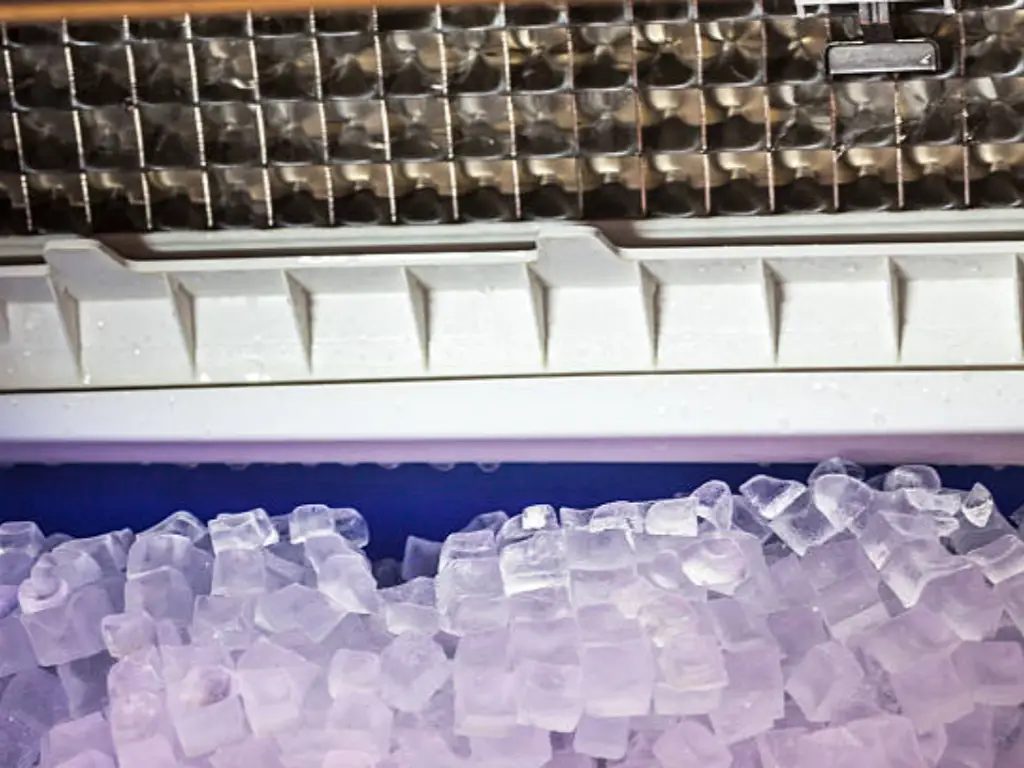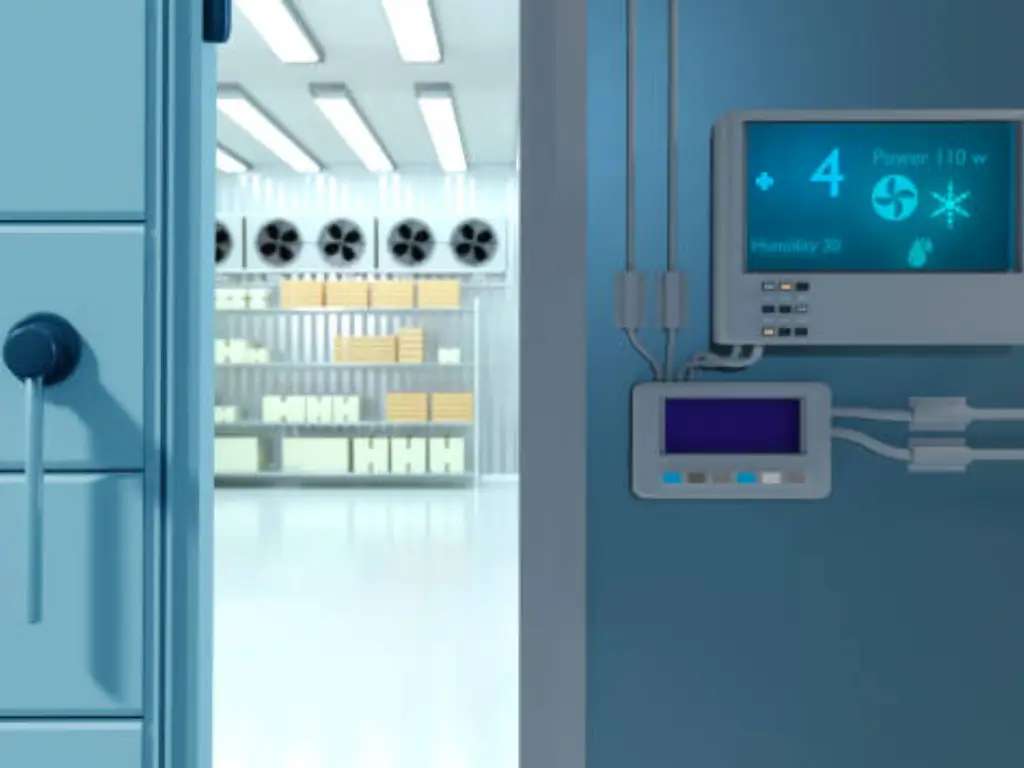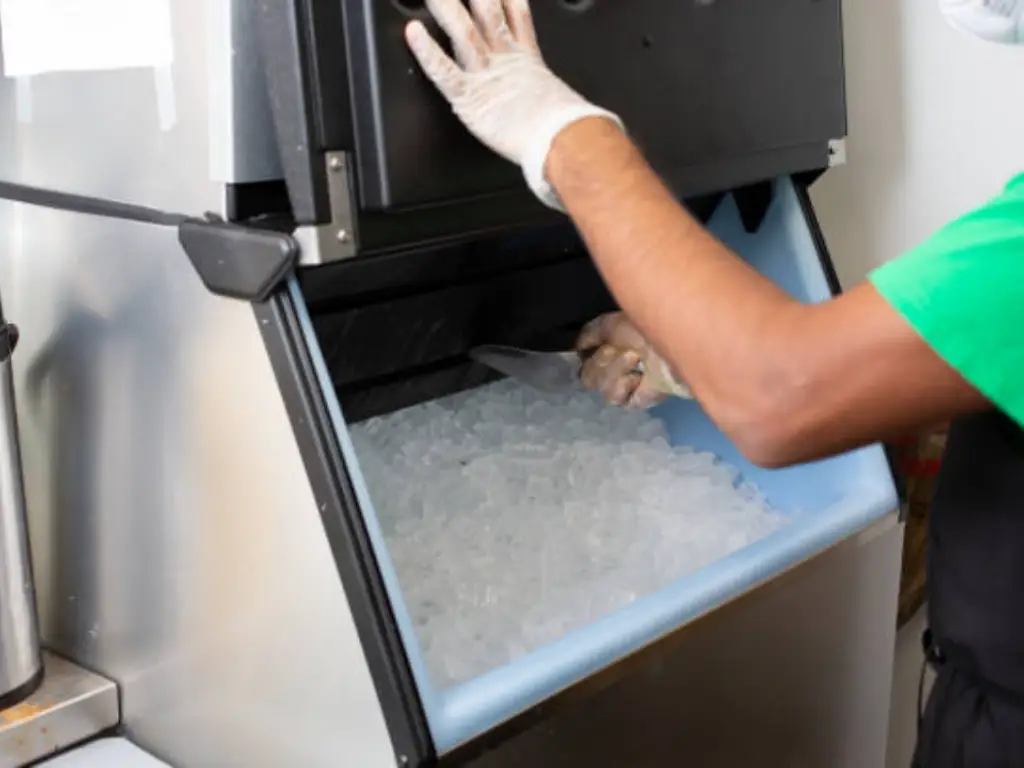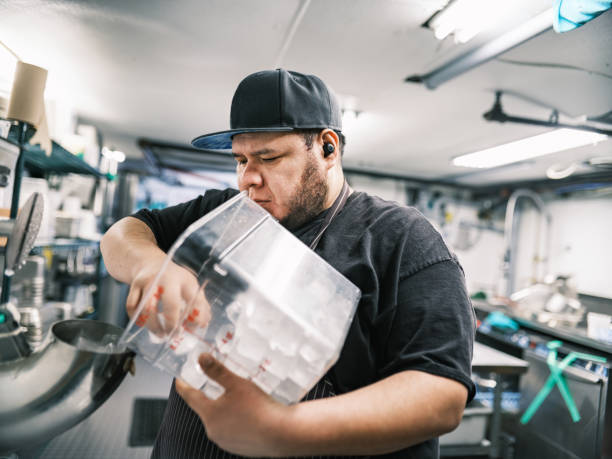Walk-in coolers are vital tools for industries that require precise temperature control to store perishable goods, from restaurants and grocery stores to medical facilities. But how does a walk-in cooler work? In this complete guide, let’s dive into the mechanics, components, and benefits that these large refrigeration systems bring to the table.
Key Components of a Walk-in Cooler
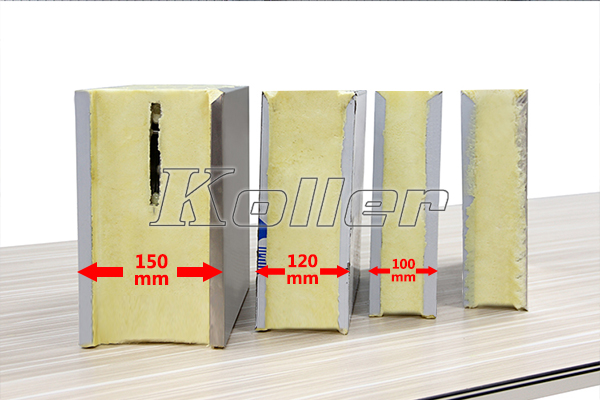
Изолированные панели
The backbone of a walk-in cooler lies in its insulated panels. Walk-in cooler panels, usually made from high-quality materials like polyurethane or polystyrene, help trap cold air inside. Think of them as the cooler’s armor, shielding it from external heat. Without proper insulation, your walk-in cooler would be as effective as a bucket trying to hold water with holes in it.
Охлаждающая система
The refrigeration system is where the magic happens. It comprises:
- Evaporator Coils: These absorb heat from the cooler’s interior, effectively lowering the temperature.
- Condenser Units: These expel the absorbed heat outside the cooler.
- Compressors: These circulate the refrigerant, transforming it from a gas to a liquid and vice versa.
These three components work in harmony to maintain a stable, cold environment inside the cooler.
Door Systems
Walk-in cooler doors come in various styles, including manual and sliding options. Например, a walk-in cooler sliding door not only saves space but also ensures a tight seal to keep the cold air from escaping. High-quality seals around the door are non-negotiable to prevent warm air from sneaking in.
Temperature Control Systems
Modern walk-in coolers are equipped with thermostats and sensors to monitor and adjust temperatures. Advanced systems even allow remote monitoring for added convenience and efficiency.
Ventilation Systems
Ventilation is one of essential walk-in cooler components to prevent frost buildup and ensure consistent airflow. It’s like the cooler’s lungs, keeping the environment fresh and stable.
How Does a Walk in Cooler Work?
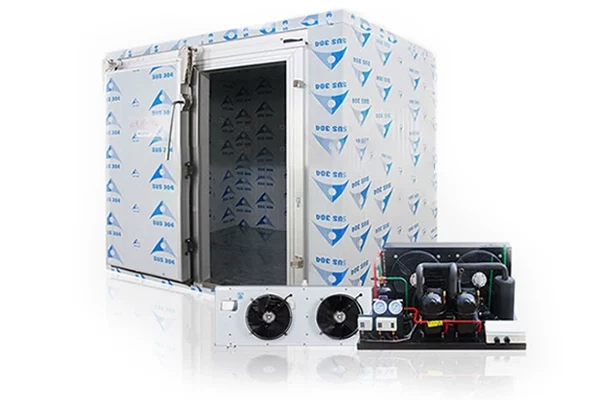
Heat Transfer Mechanism
The core principle behind a commercial walk-in cooler is simple: remove heat from the inside. The refrigeration system pulls heat out and pushes it away through the condenser unit. This cycle repeats continuously to keep the cooler’s interior at the desired temperature.
Refrigerant Cycle
The refrigerant cycle is a key part of the process:
- The compressor pressurizes the refrigerant, turning it into a high-temperature gas.
- The gas travels to the condenser, where it releases heat and becomes a liquid.
- The liquid refrigerant flows to the evaporator coils, where it absorbs heat from inside the cooler, turning back into a gas.
- The cycle starts again.
Циркуляция воздуха
Strategically placed fans circulate air within the cooler, preventing hotspots or uneven cooling. This ensures that every item inside, from produce to pharmaceuticals, is stored at the right temperature.
Benefits of Using a Walk-in Cooler
A walk-in cooler isn’t just a storage unit—it’s a critical tool for preserving freshness, reducing waste, and ensuring efficiency across industries.
Extended Shelf Life for Perishables
Walk-in coolers are indispensable for businesses dealing with perishable goods. They create a controlled environment that keeps fruits, овощи, dairy products, мясо, and beverages fresh for longer periods. By maintaining consistent low temperatures, these coolers slow down bacterial growth and prevent premature spoilage. This preservation helps businesses avoid unnecessary waste and ensures that products maintain their quality until they reach customers.
Cost Savings for Businesses
Reducing waste directly translates to cost savings. Walk-in coolers allow businesses to store inventory for longer periods, minimizing losses from expired or spoiled goods. Рестораны, продуктовые магазины, and food distributors, in particular, benefit from this, as they can buy products in bulk at lower prices without worrying about spoilage. Через некоторое время, these savings significantly impact a company’s bottom line.
Энергоэффективность
Modern walk-in coolers are designed to be energy-efficient. High-quality insulated panels reduce temperature fluctuations, ensuring the refrigeration system operates efficiently without overworking. This insulation not only lowers energy consumption but also cuts down utility costs, making it an environmentally friendly and cost-effective solution.
Scalability for Various Applications
Walk-in coolers come in a variety of sizes and configurations, making them suitable for different industries. From compact units for small restaurants to large-scale models for warehouses, they can be tailored to specific operational needs. This flexibility makes them an excellent investment for businesses of all sizes.
Industries That Rely on Walk-in Coolers
From restaurants to medical facilities, walk-in coolers serve as the backbone for industries where temperature control is essential.

Food and Beverage Industry
Walk-in coolers are a cornerstone for the food and beverage sector. Рестораны, продуктовые магазины, и услуги общественного питания use them to store perishable goods such as fruits, овощи, мясо, and dairy products in bulk. They allow businesses to maintain freshness and meet food safety regulations while preventing waste. These coolers ensure inventory is ready for preparation or sale, helping businesses operate smoothly, especially during high-demand periods.
Pharmaceutical and Medical Industry
В больницы, labs, and pharmacies, walk-in coolers play a vital role in maintaining the integrity of sensitive products. Vaccines, лекарства, and certain biological samples require precise temperature control to remain effective. Например, COVID-19 vaccines often required ultra-cold storage conditions. Walk-in coolers equipped with advanced monitoring systems ensure these critical materials are preserved safely, meeting stringent regulatory standards.
Floral and Agriculture Industry
Freshness is crucial in the floral and agricultural industries, and walk-in coolers are instrumental in extending the shelf life of products. Florists use them to keep flowers vibrant and ready for sale, while agricultural businesses rely on them to store produce post-harvest before distribution. These coolers help maintain product quality, reduce spoilage, and enable growers and retailers to meet market demand effectively.
Tips for Choosing the Right Walk-in Cooler
Selecting the perfect walk-in cooler requires balancing capacity, энергоэффективность, and customizable features to meet your specific business needs.
Assessing Your Storage Needs
Start by determining the amount and type of goods you’ll store. For restaurants, this might include fresh produce, мясо, and dairy, while medical facilities might need space for vaccines and medications. Choose a cooler with enough capacity to handle peak storage demands without overcrowding, as airflow is essential for maintaining consistent temperatures.
Understanding Energy Requirements
Energy efficiency is a key factor, especially for long-term savings. Look for units with high-quality insulation and an energy-efficient refrigeration system. Features like automatic door closers and LED lighting can also reduce energy consumption. While an energy-efficient unit may have a higher upfront cost, it will help lower operating expenses in the long run.
Custom Features and Add-ons
Walk-in coolers can be customized to suit specific needs by different walk in cooler suppliers. Shelving systems can help organize inventory efficiently, while add-ons like temperature monitoring systems, alarms, and reinforced doors enhance functionality and security. If you’re in an industry like floristry or pharmaceuticals, specialized features such as humidity controls or backup power systems might be essential.
Common Problems with Walk-in Coolers and Solutions
Temperature Fluctuations
Temperature inconsistencies can compromise the quality of stored goods. Frequent door openings, worn-out door gaskets, or a malfunctioning thermostat are common culprits. To resolve this, ensure the door seals are tight and intact to prevent warm air infiltration. Recalibrating or replacing the thermostat can restore accurate temperature control. For businesses with heavy traffic, consider installing air curtains to minimize external air exposure.
Frost and Ice Buildup
Ice formation can block airflow and reduce cooling efficiency, leading to higher energy consumption and uneven cooling. This issue often arises due to high humidity, improper door closures, or malfunctioning defrost systems. To prevent frost buildup, schedule regular defrost cycles, inspect the ventilation system for obstructions, and ensure the doors are closed tightly. Кроме того, maintaining proper humidity levels can help mitigate ice accumulation.
Compressor Issues
The compressor is the heart of a walk-in cooler, and its failure can halt cooling entirely. Common signs of compressor problems include unusual noises, overheating, or insufficient cooling. Routine inspections and timely maintenance are crucial to catching early signs of wear. If the compressor fails, professional repair or replacement is necessary to avoid prolonged downtime and costly losses.
Заключение
Walk-in coolers are indispensable for businesses that need reliable cold storage. By combining high-tech components, efficient design, and regular maintenance, these units offer unparalleled performance for preserving goods. Whether you’re a restaurant owner or a pharmaceutical professional, understanding how these systems work can help you make smarter decisions for your business.
Часто задаваемые вопросы
1. What is a walk-in cooler?
A walk-in cooler is a large refrigeration unit designed to store perishable goods at a specific temperature. It’s commonly used in industries like food service, healthcare, and floristry.
2. What temperature should a walk-in cooler be?
Обычно, walk-in coolers should maintain a temperature between 34°F and 40°F to keep perishable items fresh without freezing.
3. What is not allowed in a walk-in cooler?
Items like chemicals, flammable materials, and non-food items that can compromise food safety should never be stored in a walk-in cooler.
4. How does a walk-in cooler sliding door improve functionality?
Sliding doors save space and provide a tight seal, ensuring energy efficiency and preventing cold air loss.
5. How do I choose the best walk-in cooler suppliers?
Look for reliable suppliers with a strong reputation, customizable options, and excellent customer support to ensure you get a high-quality product tailored to your needs.


